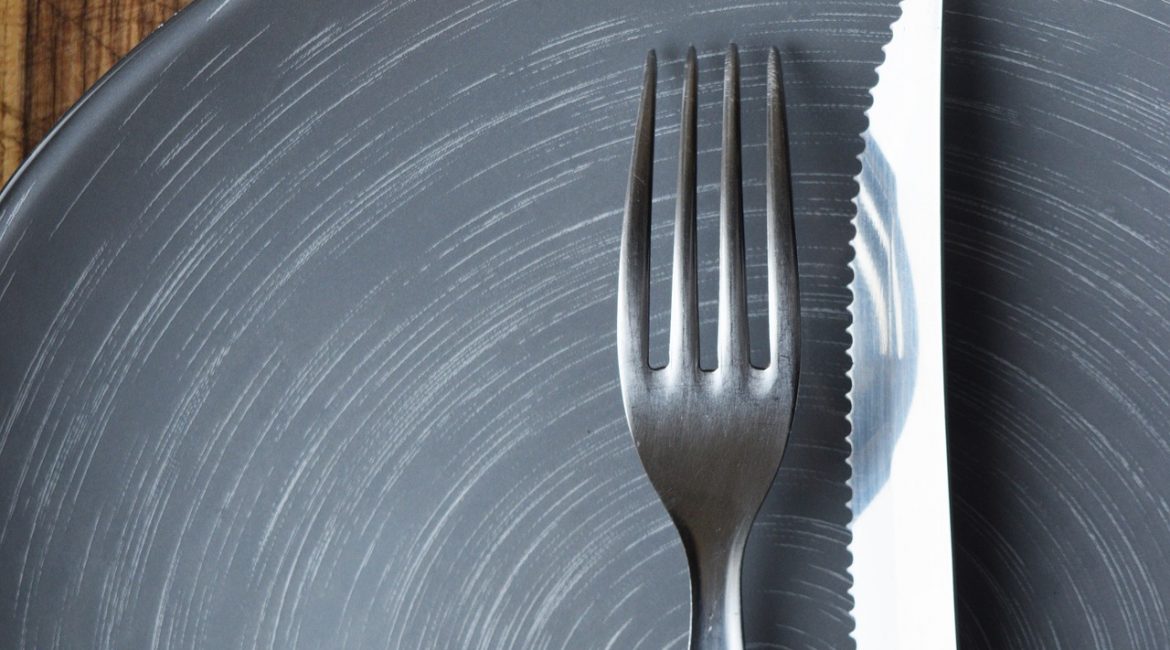Some people fast to “reset” their system, while others do partial fasts, such as intermittent fasting. You carve a 6 to 10 hour where you eat and fast the rest of the day when you do intermittent fasting. That makes it very different from a three-day, water-only fast. Workouts also vary. Some are intense and burn tons of calories, while others are milder, like walking for a half hour. Considering the variety of fasts and workouts the answer gets a bit muddled.
One key is the type of fast you choose.
If you’re doing intermittent fasting, nothing except the time you eat should change in your life. You’ll get adequate calories every day in the window where you eat, you’ll just be cutting the time you eat shorter. Your workouts may even be better. Some studies show that when you workout in the morning, before you eat breakfast, you’ll burn more calories. That’s because you fasted all night. It’s literally the meaning of breakfast—breakfast. Your body burns the stored glycogen overnight, so when you exercise after a short fast, it burns fat. Unfortunately, it also may burn lean muscle mass, as well. Muscle mass burns more calories for maintenance than fat tissue does, so the more you have, the more fat it burns. That’s why including strength training, which builds muscle mass, is important.
Longer fasts are quite different.
When you have an extremely low-calorie or water fast, your body never gets to restore its glycogen reserves. That means you either have to train your body to burn fat, especially if you’re constantly feeding it quick energy, or take it easy when you workout. The longer you fast, the less intense your workout should be. It doesn’t mean you should stop exercising, but switch to a brisk walk or another light exercise form. Doing too much can cause you to become light-headed.
Consider the type of workout you’ll be doing.
Are you going for a HIIT—high-intensity interval training workout? That burns tons of calories and isn’t appropriate if you’ve been on a water fast for several days. If you’re doing intermittent fasting, make sure you do HIIT workouts during the window when you eat so you can have a small carb/protein snack before and after the workout. That not only makes glycogen more available, but helps with recovery. If your exercise is moderate to mild, you can do it with almost any type of fast.
- Before you fast or start any exercise program, always check with your healthcare professional first to make sure it’s safe for you to do or to ensure you don’t have any health issues it might exacerbate.
- If you’re doing intermittent fasting, eat your biggest meal of the day a half hour to an hour after your workout. Your meal should have at least 20 grams of protein if the workout was intense or you did strength-building exercises.
- Listen to your body. You’ll know if you’re overdoing it. Sometimes, you simply don’t have the energy necessary and other times you may feel light-headed. Change your workout time if you’re doing intermittent fasting and for other types of fasting, make your workout less intense.
- If you’re on medication, never fast without checking with your healthcare professional. Fasting should also be supervised for people with diabetes. Those who are pregnant or lactating also should avoid fasting.
For more information, contact us today at Targeted Nutrition Technologies

